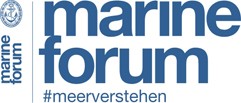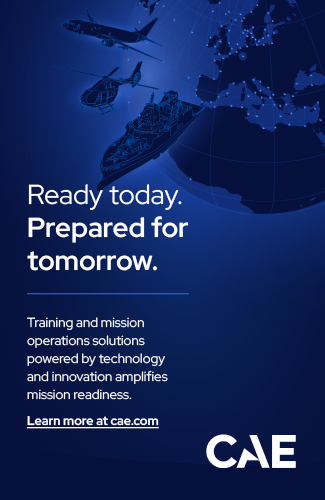Unlike other navies, the German Navy also tests its units against shock effects while they are in operation - and underway. However, this rarely happens. At the end of February, it happened again: "Courbet", one of the five La Fayette-class frigates (124 metres, 3,800 tonnes) with almost 30 years at sea under its keel, was subjected to a mine explosion as a "near miss explosion" in order to put the crew and equipment to the test. The result is of course subject to secrecy. The US Navy, for example, tests its type ships in a series of four blasts in ascending intensity up to 66% of the "maximum design shock value" on the third approach. This is followed by another one with a lower charge. The whole process is not cheap due to the repairs required afterwards, but it is necessary to establish confidence in the design, construction and actual load capacity - and to eliminate weak points before they have an impact. However, even eliminated weaknesses can reveal other weaknesses in the subsequent test. Every test is a small emergency.











2 responses
I sailed on the Schleswig Holstein from 1999 to 2003 and we also carried out trials with the ship, it was a formative event and showed a lot of weak points, even just clearing the sea came back to the fore..... followed by the BOST in England, which was even fun.
I sailed on the Schleswig Holstein from 1999 to 2003 and we also carried out trials with the ship, it was a formative event and showed a lot of weak points, even just clearing the sea came back to the fore..... followed by the BOST in England, which was even fun.